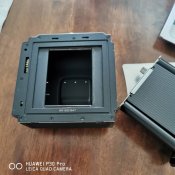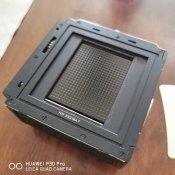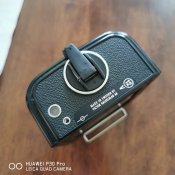The frame consists of the edges of the picture, thus containing all aspects of the picture and controls the dynamics of the picture. The principles of composition are not personal whims but well established principles. In the 1950s and artist took photographs of the scene for Cezanne’s landscape paintings. He discovered that in order to improve the dynamic composition, Cezanne moved mountains, streams, trees and whatever else he considered necessary. As photographers, unless doing still life and posed portraits, do not have this freedom, we must shoot what is there. Stepping a few yards one way or the other
As for having or not full control in a medium of photography, and outside of staged scenes, we still have plenty of space to move around and relate compositional pieces to one another in a multitude of ways. Sure there is a difference from graphical arts etc. yet if one is after a specific perspective, dimensional relations within and so forth, a lot of times this can be controlled quite successfully.[/QUOTE]
The frame consists of the edges of the picture, whether simply the rim of a canvas, lines drawn on paper or the blades of a darkroom easel. This frame controls the dynamics of composition. This is not subjective whim, but based upon well established principles. In mid 1950s an artist used his Hasselblad to photograph the scenes of Cezanne’s landscapes from where Cezanne stood to paint them. He discovered that Cezanne had no qualms about moving mountains, streams, trees, forests and whatever else necessary to strengthen his composition. The photographer does not have this ability and stepping a few yards one way or the other doesn’t cut it. Except for still life and posed portraits, as photographers we are dependent upon the scene as it is, whether street scene, wildlife or landscape. Color is even more difficult because there is no ability to control color harmony.
But photography does have something that other graphic arts lack, and that is the ability to capture the real world in a way that is unique to itself.
This whole discussion began with the assertion that square pictures are the most perfect, while I feel that generally speaking a square 66 negative permits greater freedom to determine a pictures final frame. And also, because all sides of a square are even, a dynamic composition is extremely difficult (but not impossible). The reason Rolleiflex and Hasselblad dominated fashion photography was because there was more negative to play with doing layouts. It’s an all round format. Recently for slides I tend to shoot 645 ot 67 (69 would be better still but a projector would be beyond my means).





 (at this price, you'll even get my best looking A12N with box!)
(at this price, you'll even get my best looking A12N with box!)



